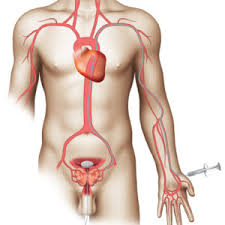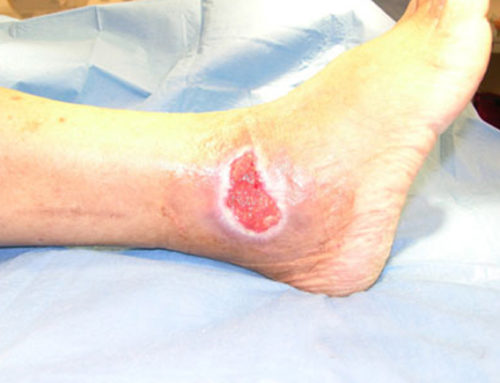Prostatic artery embolization (PAE) is a minimally invasive procedure used to treat benign prostatic hyperplasia (BPH), which is an enlarged prostate. Here are the key points about PAE:
Procedure :
During PAE, a radiologist inserts a catheter into the arteries that supply blood to the prostate. Small particles are then injected to block these arteries, reducing blood flow to the prostate and causing it to shrink.
Benefits :
PAE can relieve symptoms of BPH such as frequent urination, difficulty starting urination, and weak urine flow. It is less invasive than traditional surgery, with fewer risks of complications such as incontinence or sexual dysfunction.
Candidates :
Men with moderate to severe BPH symptoms who are not good candidates for surgery or prefer a less invasive option may be suitable for PAE.
Recovery :
Recovery time is generally shorter than for surgical options. Most patients can go home the same day or the day after the procedure and return to normal activities within a week.
Effectiveness :
Studies have shown that PAE can effectively reduce BPH symptoms and improve the quality of life for many patients. However, it may not be suitable for everyone, and long-term outcomes are still being studied.
If you have more specific questions or need detailed information about a particular aspect of PAE, feel free to ask!




